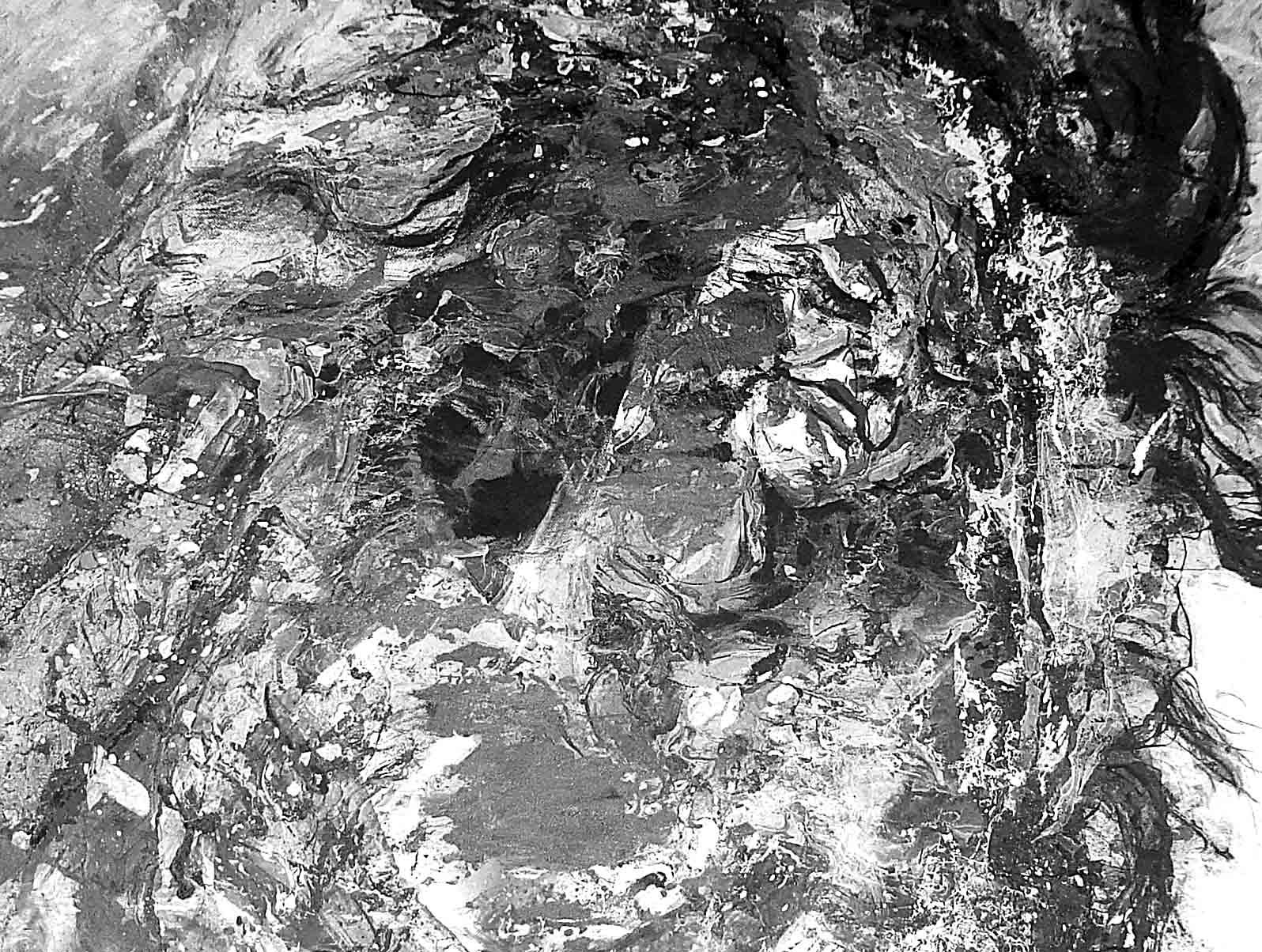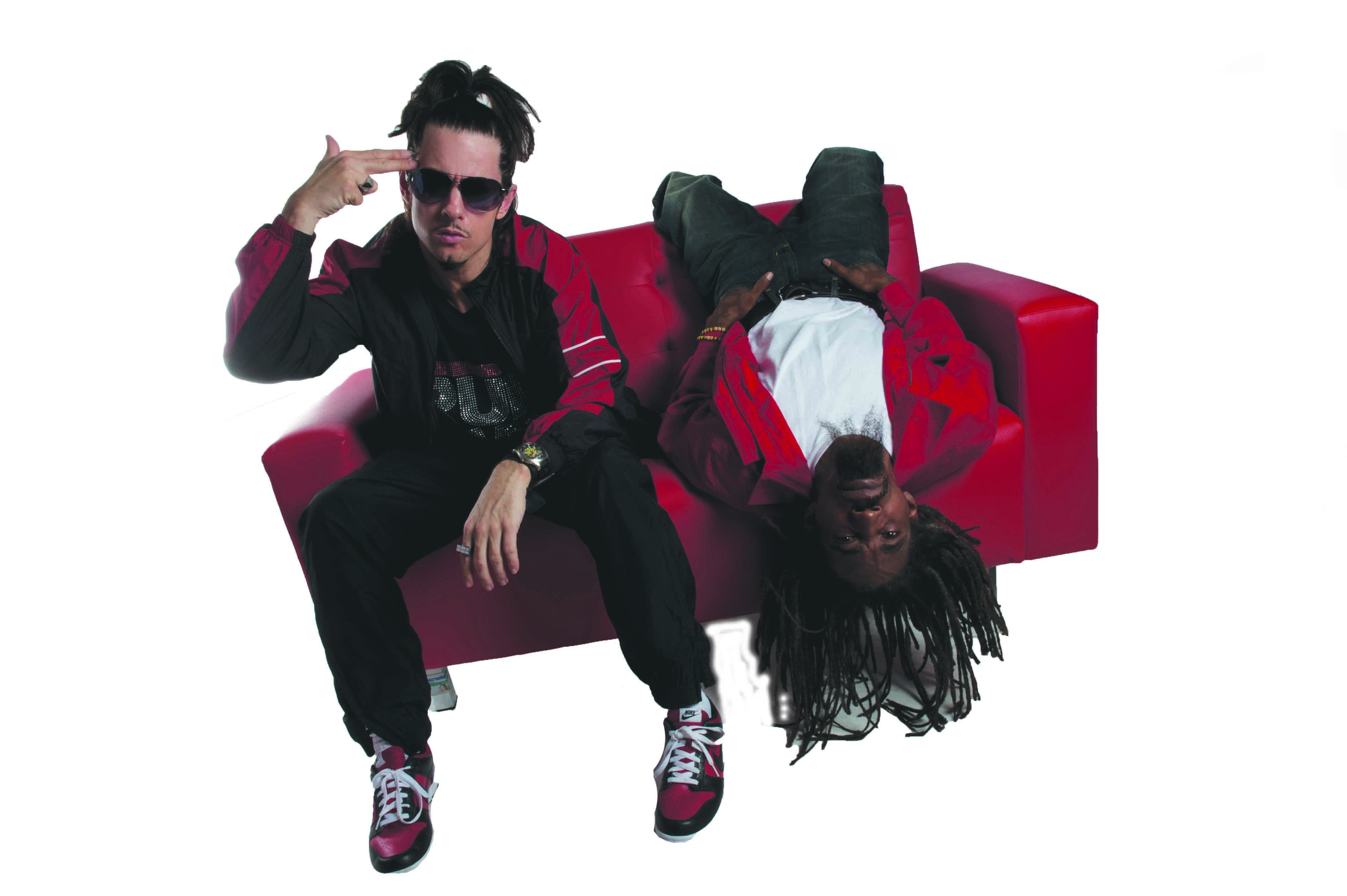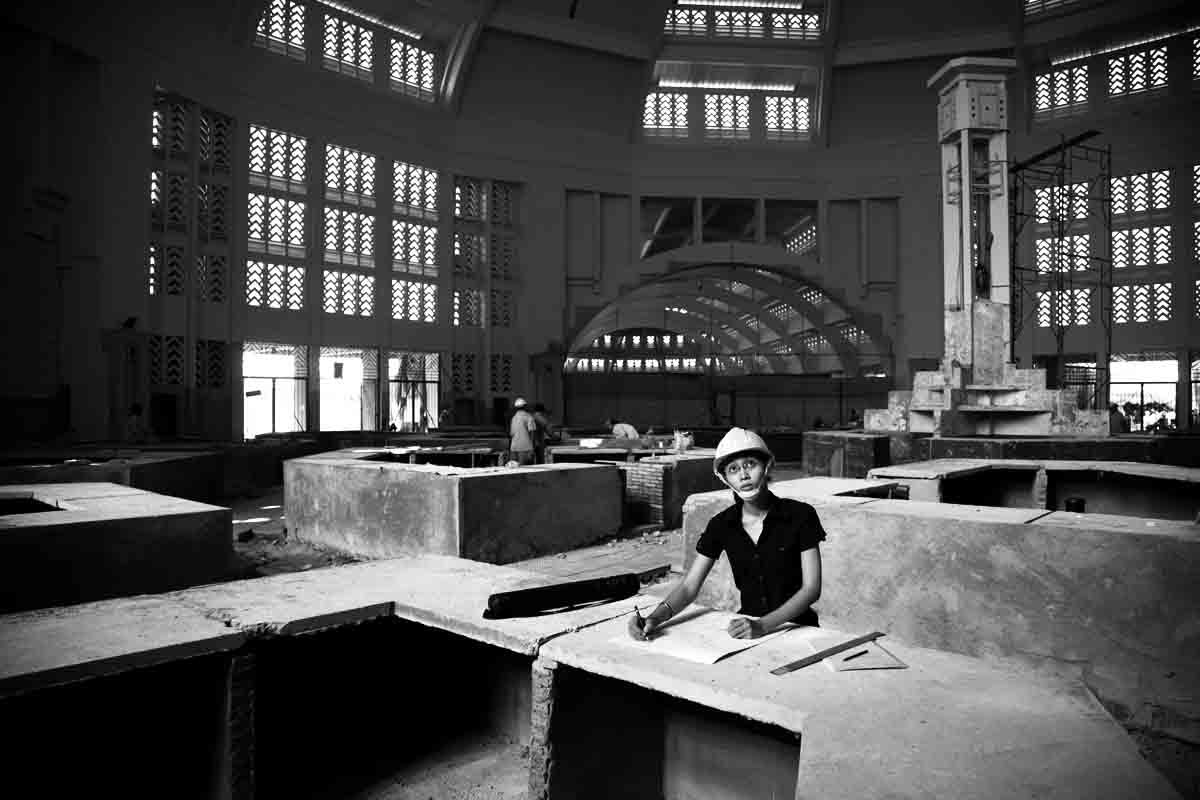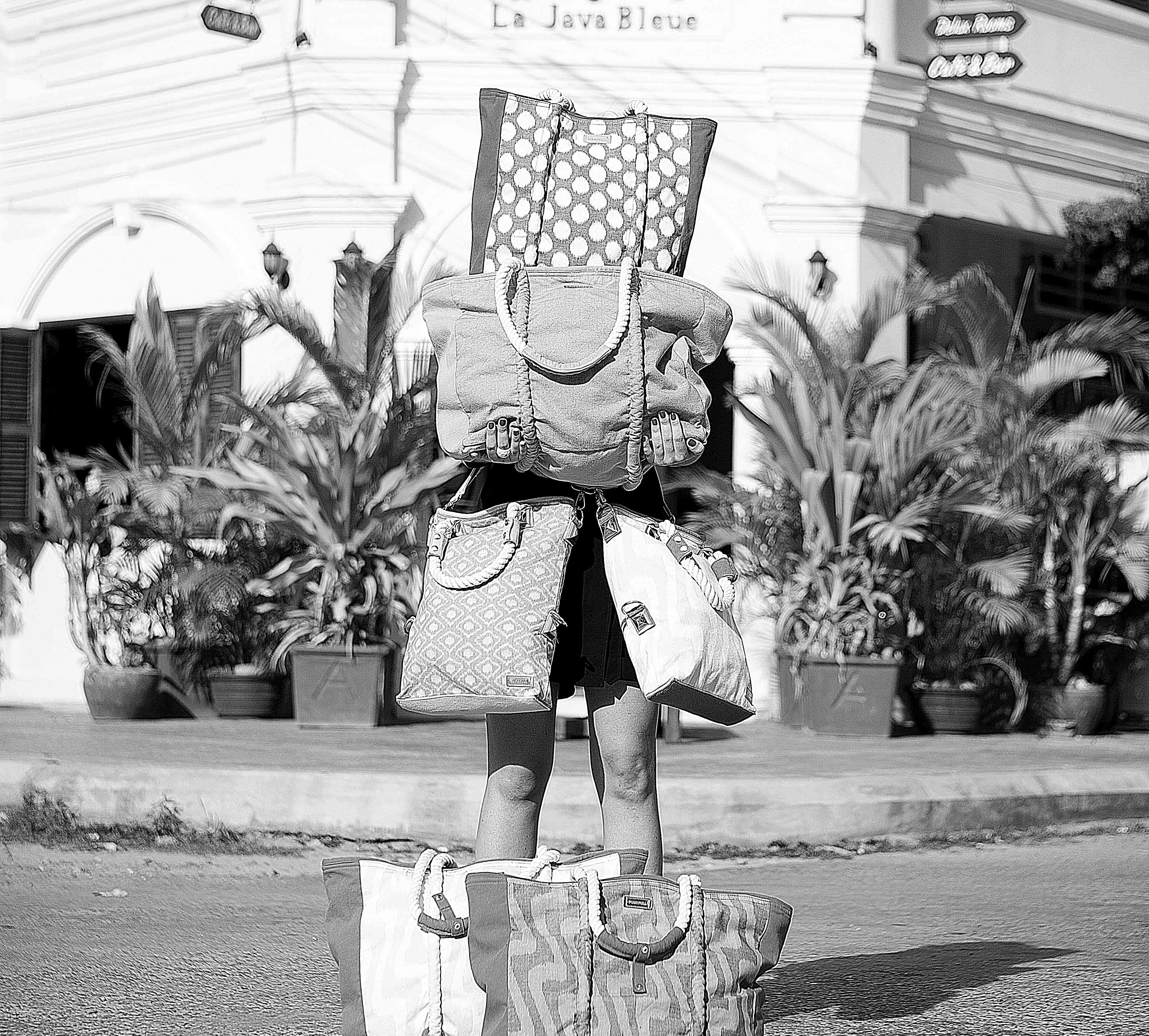For Mari Jennai, the beauty is tying it all together—bringing 45 voices into perfect harmony—that’s what it’s all about. Jennai, a vocal coach, is also the director of the Bella Voce choir, which is performing its spring concert at the Intercontinental Hotel on May 5. “I’m a singer, so I can perform pieces on my own,” she said. “But with this choir, once we do the hard work of practicing each line and putting it all together, it’s incredible – something on a totally different level.”
It was 12 years ago when a group of 10 expat women who liked to sing first came together. And since Jennai was the only professional among them, it was natural she take a leading role. Bella Voce was born. Over the years, they practiced and improved, but pretty much did it for fun—and through word of mouth their numbers grew. By 2009, they decided they were ready for prime time and went about preparing for a concert. The night of the show, they expected around 200 people; 500 showed up. Since then, Bella Voce has been putting on two shows a year, the spring concert coming up, and a Christmas performance every December.
The choir is still made up predominantly of expats, although a few Cambodian singers have been among their ranks at times. Very few have been professional singers; most are just people who love belting it out in a group. They come from myriad countries and range in age from 20-something to nearly 70.
This year, the spring concert rundown is as eclectic as the choir itself. There will be everything from Broadway show tunes to 17th century British music, Zulu traditional harmonies to Disney. Variety is the name of the game and there’s a little bit of something for everybody – even though, Jennai admits, there are some prosaic reasons behind all the stylistic diversity. “We use the music that our members have since it can be hard to get music here in Phnom Penh,” she says. “So when our members go back to Europe or wherever they’re from to visit, they’ll bring back this fantastic sheet music. The system works really well.”
Tickets are $5 for individuals or $20 for a family, no matter how many members. They are available at Jars of Clay Coffee Shop on Street 155, near the Russian Market, or direct from choir members. All the proceeds go to charities serving the capital’s needy. Bella Voce has a few of its own needs, Jennai says, namely, men. The choir is short of tenor and bass voices, so you men out there who’ve up to now just been singing in the shower, step up. It’s time to let those voices soar beyond the bathroom.
For those who can’t make this show, the Christmas concert already has a date: December 8. Mark your calendars.
WHO: Bella Voce choir
WHAT: Spring concert
WHEN: 6pm May 5
WHERE: InterContinental Hotel Phnom Penh, Grand Ballroom
WHY: A whole lotta joyful noise








